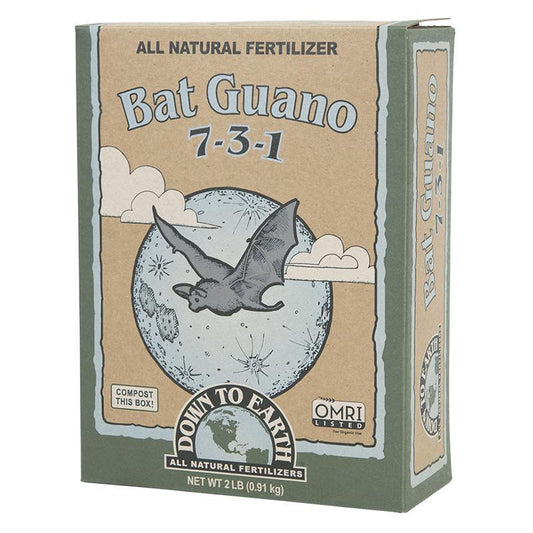Understanding Water-Soluble Fertilizers for Foliar Feeding
When it comes to optimizing plant growth and health, traditional soil fertilization methods are widely used. However, foliar feeding is a highly effective alternative that involves applying organic water soluble fertilizer directly to plant leaves to meet immediate nutrient demands. This method allows nutrients to be absorbed rapidly through the foliage. By using organic fertilizer water soluble solutions mixed with a gallon of water, growers can create a fast-acting fertilizer solution that delivers essential nutrients efficiently. The result is quicker uptake and healthier, more vigorous plant growth. For best results, choose a premium water soluble formula designed for maximum absorption and plant compatibility.
The Science Behind Foliar Feeding
Foliar feeding leverages the natural nutrient absorption capabilities of plants. Through specialized structures called stomata on their leaves, plants can absorb nutrients efficiently. When organic water soluble fertilizer is sprayed onto the leaves, plants can absorb nutrients up to 20 times faster than through soil. This rapid uptake is especially beneficial when plants face immediate deficiencies or poor soil conditions.
Timing and Targeted Growth Enhancement
Foliar feeding allows growers to time nutrient applications with specific stages of a plant’s growth cycle, such as promoting flowering or enhancing fruit production. Organic fertilizer water soluble solutions ensure that essential nutrients like phosphorus and potassium are readily available for optimal growth when needed most.
Frequency and Concentration
Foliar applications can vary in frequency and concentration depending on the plant and its growth stage. Typically, 6 to 8 applications per growing season are ideal. While effective, foliar feeding should complement soil fertilization, as soil health is essential for long-term plant growth.
Choosing the Right Water-Soluble Fertilizer
Selecting the right organic water soluble fertilizer is crucial for plant health. Water-soluble fertilizers provide essential macronutrients like nitrogen, phosphorus, and potassium, as well as micronutrients such as iron and zinc. When choosing a fertilizer, consider your plant’s specific nutrient needs, environmental factors, and water quality.
Conclusion
Organic water soluble fertilizer, when applied through foliar feeding, offers a quick solution to meet plants' immediate nutritional needs. By using organic fertilizer water soluble solutions, growers can boost plant growth, flowering, and fruiting while addressing deficiencies efficiently. Always balance foliar feeding with soil-based fertilization for the best results.
 Sold out
Sold out


































